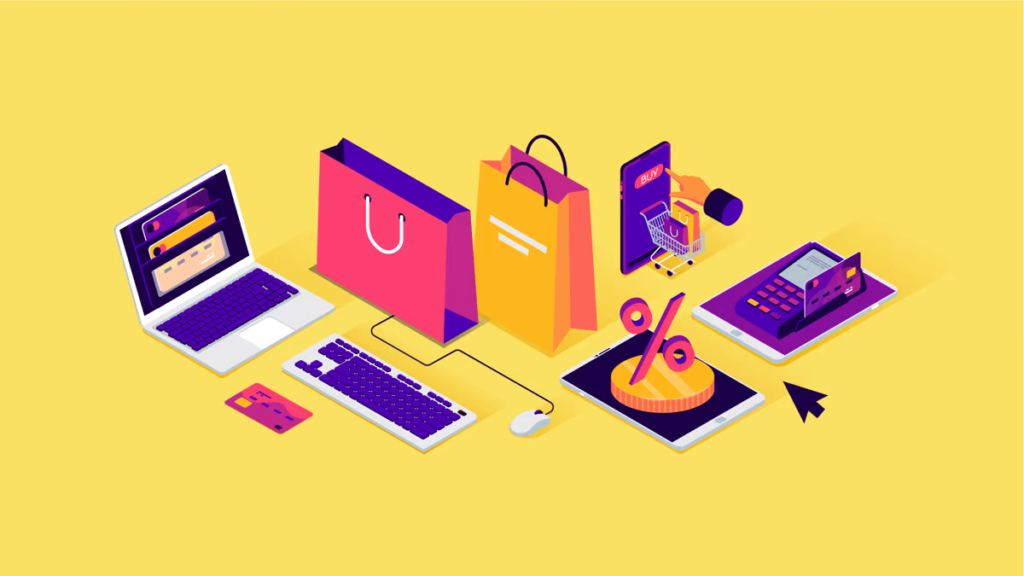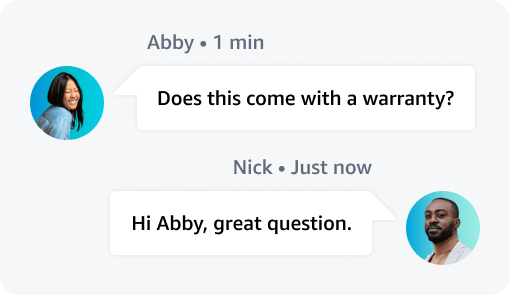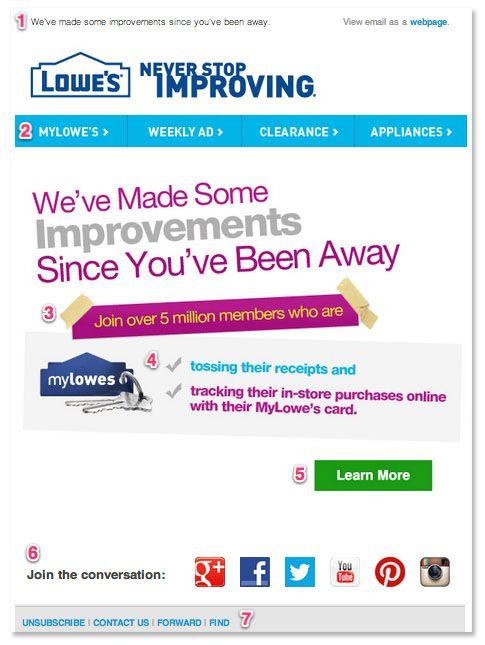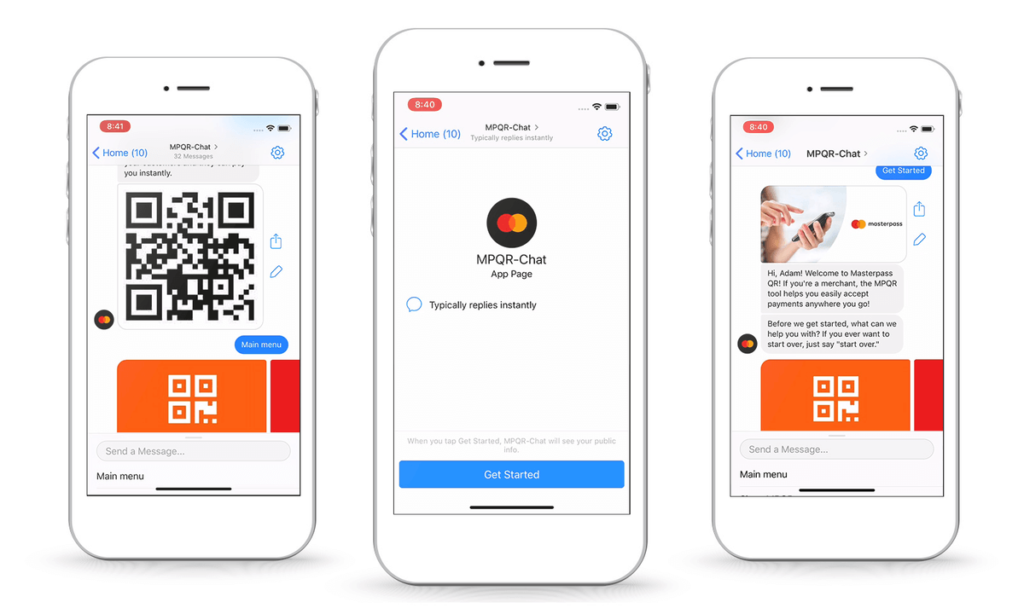It wouldn’t be hard to argue that online retailers have one of the most challenging jobs in the world. Aside from their functional duties and day-to-day operations, they also need to stay relevant. Today, technology seems to change every day, making the idea of getting ahead nothing more than a pipe dream.
If you find yourself living this reality, don’t fret. Several resources out there can help you succeed in today’s landscape.
In this article, we will walk you through everything you need to know about eCommerce trends for 2023 and beyond. By the end, this guide should equip you with the insight necessary to take your business to the next level.
What is eCommerce?

eCommerce, sometimes called electronic commerce or internet commerce, is the buying and selling of goods over the internet. It involves the digital transfer of money or data in exchange for products and relies upon the connections between electronic devices, such as computers, laptops, and smartphones.
eCommerce was initially conceptualized in the mid-1980s as the personal computer just began to rise in popularity. Platforms like eBay were the first to implement the concept on a large scale and paved the way for online direct-to-consumer transactions.
As technology has evolved over the years, so has eCommerce. In today’s digital world, it’s more advanced than ever and is likewise a cornerstone of the global economy. Increasingly convenience-driven consumers are turning to eCommerce for all their shopping needs, from groceries to clothing to electronics.
What are the benefits of eCommerce?
eCommerce isn’t just great for consumers – it’s also a potent tool for small businesses that want to take their operations to new levels. Since COVID-19, SMBs have used eCommerce platforms to continue turning a profit and reach new customers, even when their physical stores are closed.
There are many benefits that eCommerce affords small businesses, which we’ve outlined below:
1. Brand awareness
If there’s one thing the internet is good at by nature, it’s spreading information. The world wide web has a global reach, which means that when you sell online, your business has the potential to be seen by anyone, anywhere.
This is a major advantage for small businesses that may not have the budget to invest in traditional marketing channels like TV or print ads. Investing in eCommerce allows you to get your name out there and build a reputation without breaking the bank.
2. Low cost and minimal maintenance
Continuing off of that last point, the widespread accessibility of the internet makes eCommerce a precious asset to small businesses with less finance or capacity to support a brick-and-mortar store.
Not only do you save on rent, inventory, and staff costs, but you also don’t have to worry about the general maintenance that comes with physical locations. eCommerce platforms can be run relatively cheaply and with minimal effort, which is a significant boon to already-busy small businesses.
3. Accessibility and availability
The internet has got everyone (even 7-Eleven) beat when it comes to being accessible 24 hours a day, seven days a week, 365 days a year.
This is a massive perk for businesses as it allows you to sell around the clock without worrying about store hours or taking breaks. No matter what time or day a customer visits your eCommerce site, they should be able to purchase without hassle – something that’s not always possible with brick-and-mortar locations.
4. Increased business reach
Fun fact: there are over five billion internet users worldwide. From continent to continent, Bangladesh to Côte d’Ivoire, it is one of the most globalized industries in the world. This increased reach is a huge benefit to businesses wanting to expand their customer base and tap into new markets. No matter where your target market may be, you can reach them with eCommerce.
What’s in store for eCommerce? 6 exciting eCommerce trends for 2023
eCommerce has undergone several changes over the years. From its early days as a largely C2C playing field to the universe of same-day shipping we know today, global evolutions of technology and consumerism did and continue to shape this broad market.
2023, in particular, marks an exciting time for industry enthusiasts. There’s a broad consensus that we’re on the brink of a new era in eCommerce, one where several trends that we’re seeing emerge today will define the landscape for years to come.
Here are the top six eCommerce trends right now and why they’re crucial to the future of online shopping.
1. Social commerce
Social commerce is a blend of technology’s most popular uses: social media and online shopping. It refers to a growing trend among powerful platforms of integrating eCommerce functionalities into their interfaces to make buying products and services seamless for users.

We’re already seeing this take shape on sites like Pinterest and Instagram, allowing users to shop directly from business profiles. Facebook Shops and Instagram Shops take things a step further, allowing businesses to sell directly to consumers without ever having to leave the app.
Shortly, we can expect this trend to pick up even more steam. More social media sites will likely join the fray and include similar eCommerce features, and those that have already done so will continue to perfect their user experience.
2. Shoppable content
Due to an increased focus on the concept of social commerce, social media companies have introduced shoppable content. This is content – usually in the form of videos or images – that includes links to products or services allowing consumers to buy directly from the eCommerce websites. The feature is about catching consumers when they’re most interested, engaging with them in real time, and helping them make purchases as smooth as possible.

Shoppable content is still in its early stages. Still, it’s quickly gaining popularity among social media users and businesses alike. Shoppable videos and images on platforms like Instagram have been around for a while now, while new functionalities on YouTube and Amazon Live are bringing shoppability to live content.
3. Varied payment options
The world of money has very much evolved with technology. While cash and check were kings in the past, we now live in a world where contactless payments are the norm.
In eCommerce, more and more customers are looking for alternative payment methods. The most popular ones include straightforward gateways like PayPal, Apple Pay, and Google Pay, but there are now also options like buy now, pay later services (BNPL), and cryptocurrency.
The latter is less common but is gaining some traction among early adopters. BNPL is also rising as market leaders Afterpay and ZipPay continue to grow in popularity among eCommerce website builders.
The reason this trend is so important is that it provides consumers with greater flexibility and convenience when it comes to making purchases. In a world where we’re used to instant gratification, the ability to buy what you want when you want it is key to keeping people happy and engaged. Thus, retailers should provide greater convenience for consumers to buy what they want, to speed up buying process, win more customers, and increase sales.
4. Personalization
In recent years, we’ve seen a considerable shift in how businesses market to consumers. The days of one size fits all are long gone – now, it’s all about personalization.
The increasing availability of data is driving this trend. Today’s businesses can access more information about their customers than ever before, and they’re using it to deliver more target personalized messages. The result is a more seamless customer experience and greater brand loyalty.

There are a few ways businesses can tailor their customer experience. The most common one is via marketing automation, which allows companies to send highly customized emails to customers and interact with them on different communication channels based on their behaviors and preferences.
A great example is the home improvement brand – Lowe’s re-engagement emails. The company sends customers messages following their previous interactions with the site, whether they are abandoned cart emails, product recommendations, or birthday greetings.
5. Chatbots
If you’ve interacted with a company online over the past few years, chances are you’ve come across a chatbot. AI chatbot platforms are computer programs that mimic human conversation and are commonly used to provide customer support or lead generation.
While they’ve been around for a while now, the popularity of chatbots shows no signs of slowing down. A recent study by Juniper Research found that using chatbots will save businesses $8 billion per year by the end of 2022.

Ongoing Artificial Intelligence (AI) improvements are the primary driver of this popularity. Developers hope to be able to create chatbots that are indistinguishable from humans, and they’re getting closer to this every day.
In the meantime, brands are using chatbots to great effect. A good example is Mastercard, which uses a Facebook Messenger bot to provide customer support. Customers can ask the bot questions about their account, report a lost or stolen card, and more.
6. Augmented reality
Remember when Pokémon Go took the world by storm back in 2016? That was just a taste of what’s to come in augmented reality (AR). AR is a technology that overlays digital information in the real world. It’s often used in gaming, but it also has many potential applications in eCommerce.

Businesses can use AR to give customers a better idea of what a product looks like in real life. IKEA, for example, has an app that lets users see how furniture would look in their homes before they buy it.
Get started with eCommerce trends
The world of online sales can get more complicated. But by staying apt on the latest trends, you can keep your business sharp and ahead of the curve. The six trends in this article will be prominent in the coming year, so make sure you’re prepared. From personalization to chatbots to augmented reality, there’s a lot of exciting stuff to keep an eye on!
Interested in reading some more? Check out this helpful article on boosting your online sales with gift cards.
Author bio:
Hi, my name is Rin, and I write about topics like tech development, marketing, and design. I have a diverse background and enjoy sharing my knowledge with others. I hope you found this article helpful!





2 Comments
Great article! It’s exciting to think about what the future of eCommerce holds! I’m especially interested in the trend of businesses leveraging AI and machine learning to improve the customer experience. I’m also looking forward to seeing more businesses hire Magento developers to create custom eCommerce solutions tailored to their needs. Looking forward to seeing what the future of eCommerce holds!
Impressive article! The potential of eCommerce in the future is exhilarating! Particularly intriguing is the inclination of companies to utilize AI and machine learning to enhance the customer experience.